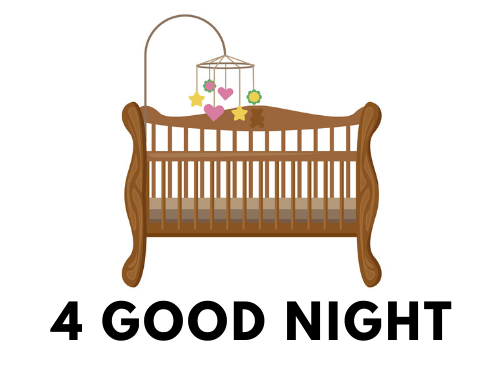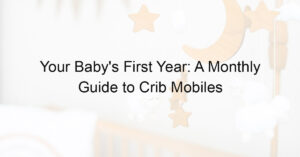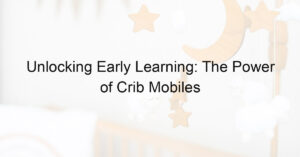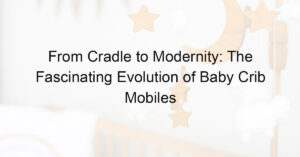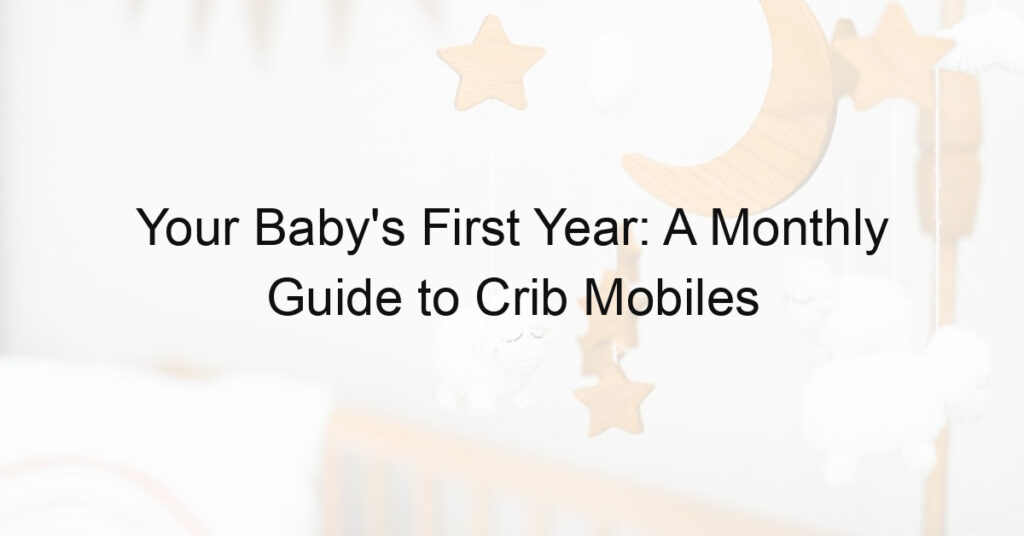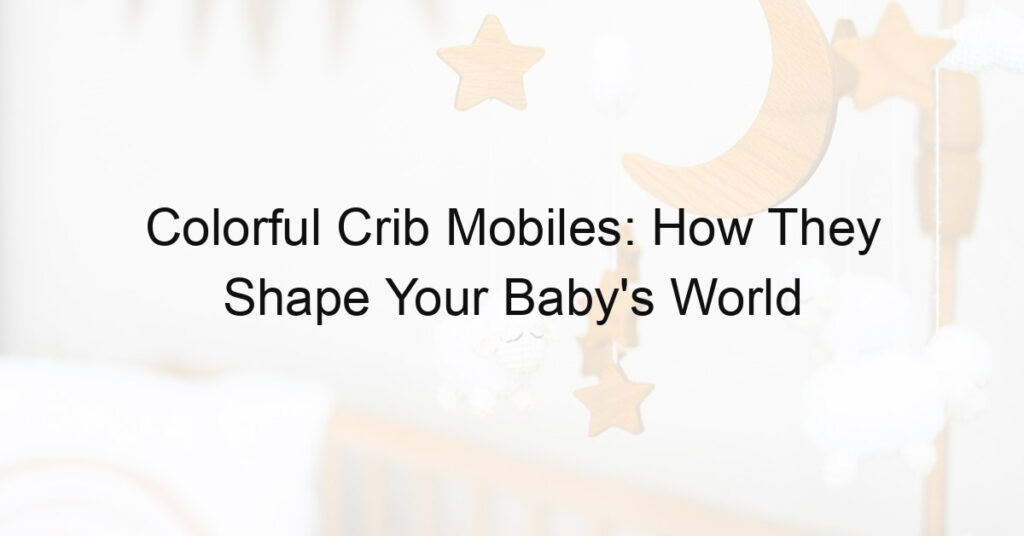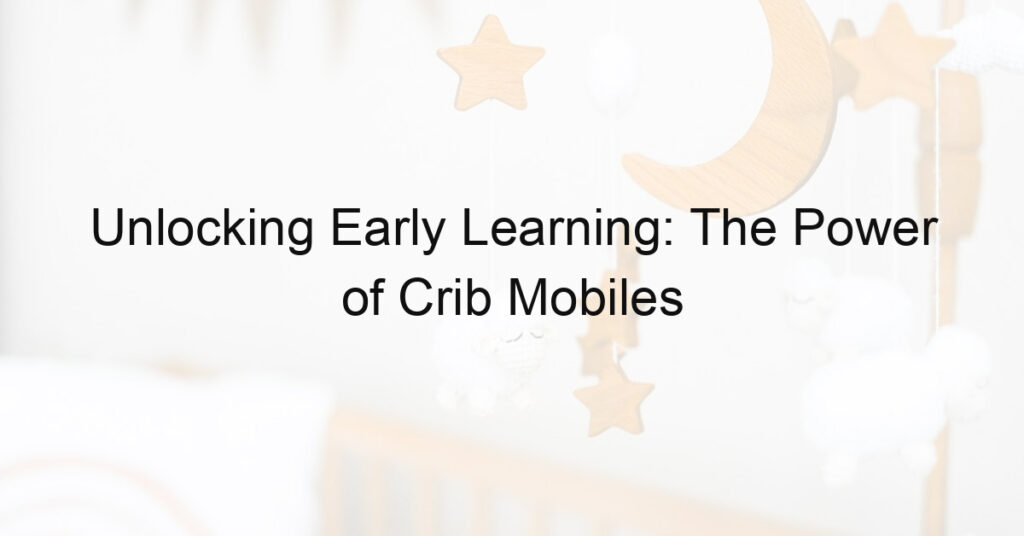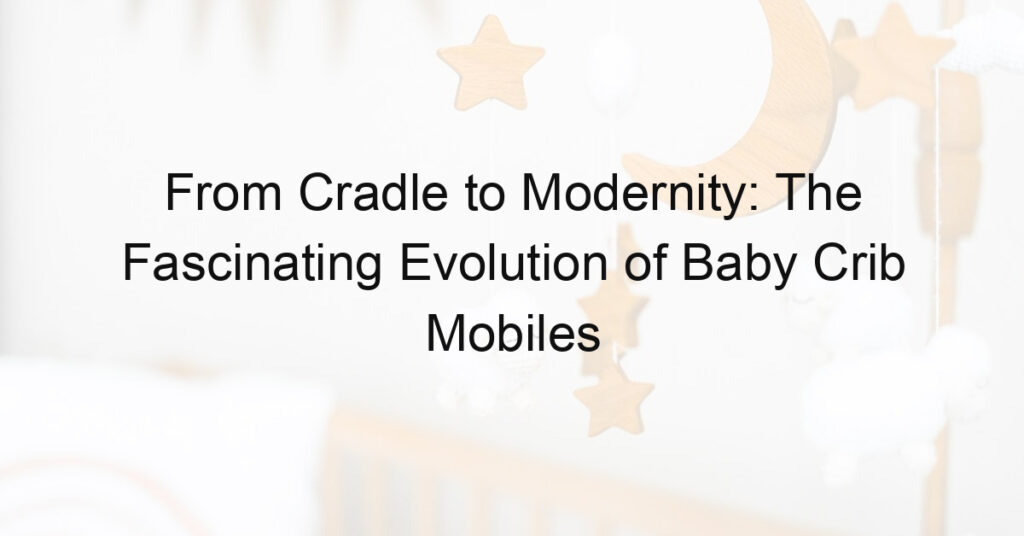An In-Depth Look at Safety Standards, Replacement, and FAQs
When it comes to baby cribs, every parent wants to ensure their child’s safety and comfort. But do baby cribs expire? In this blog post, we’ll explore this question and delve into the world of crib safety standards, key features of modern cribs, and creative ways to repurpose old cribs.
Short Summary
- It is important to check for compliance with safety standards and replace any crib that does not meet the requirements.
- Modern baby cribs must have proper slat spacing, adequate depth, and safe materials/construction in order to provide a secure sleep environment.
- Crib mattresses should be replaced every 3-5 years or when signs of wear are present. Old cribs can also be repurposed into furniture or decor.
Understanding Baby Crib Expiration
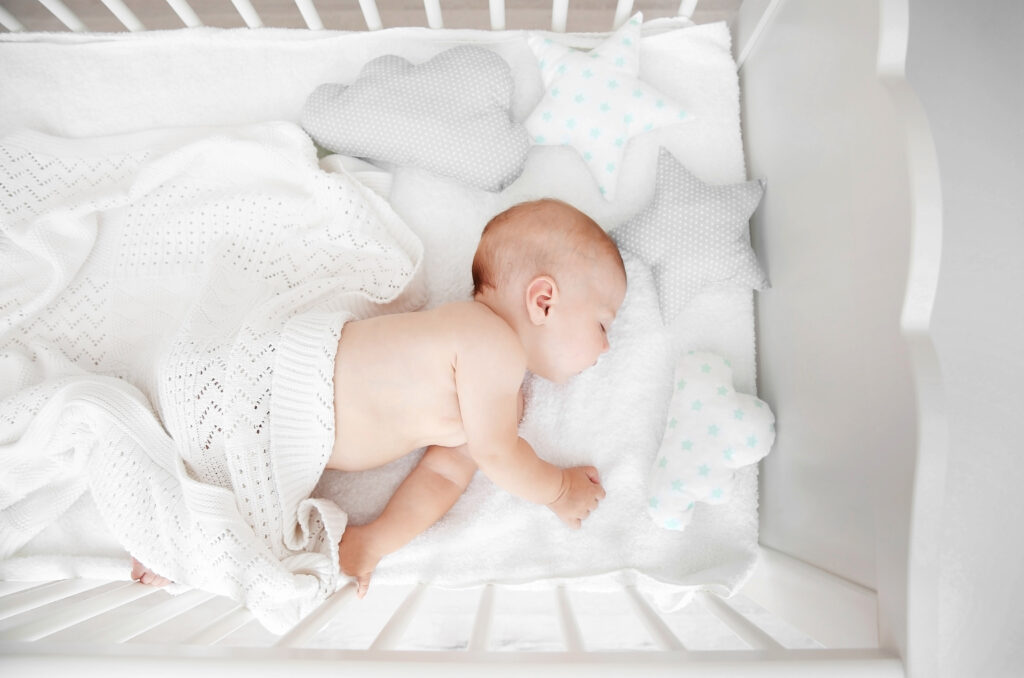
While baby cribs do not technically expire, many older cribs may not comply with the current safety standards and regulations established by the US Consumer Product Safety Commission (CPSC). This poses a potential safety hazard for your baby. To guarantee safety, always review the manufacturer’s warranty and consider crib mattresses before purchasing a new or used crib. It’s crucial to verify if the old crib adheres to the baby crib safety standards for your infant’s age, as some may believe that baby cribs expire.
Safety standards and regulations change over time, making older cribs potentially unsafe. Therefore, it’s essential to stay updated on the latest safety standards and replace cribs when they no longer meet the requirements. New cribs from reputable manufacturers generally adhere to the current safety standards, ensuring a safe sleep environment for your baby.
The Role of Safety Standards
Safety standards, such as those set by the CPSC and the Juvenile Products Manufacturers Association (JPMA), ensure cribs meet specific requirements to protect infants from potential hazards. The JPMA certification program assists parents in selecting products that ensure baby’s safety, as products must meet ASTM safety standards and be subject to independent testing with more rigorous criteria.
By choosing JPMA-certified cribs and monitoring crib mattress expiration, parents can be confident that they are providing a safe sleeping environment for their baby. These certifications ensure that cribs fulfill specific safety requirements, minimizing the risks associated with infant sleep.
When to Replace a Crib
It’s recommended to replace a crib every 7-10 years or when it no longer meets current safety standards. The CPSC advises against the utilization of a second-hand crib that is more than 10 years old, has been recalled, or has missing parts, as it may pose a safety hazard. When selecting a new crib, choose one from reputable crib manufacturers that adhere to safety standards to ensure a secure environment for your baby.
Replacing a crib within the recommended timeframe helps minimize safety risks and ensures your baby’s sleeping environment is in line with the latest safety standards. As a parent, your child’s safety is of the utmost importance, so staying informed about crib safety and replacing old cribs as necessary is essential.
Key Safety Features of Modern Baby Cribs
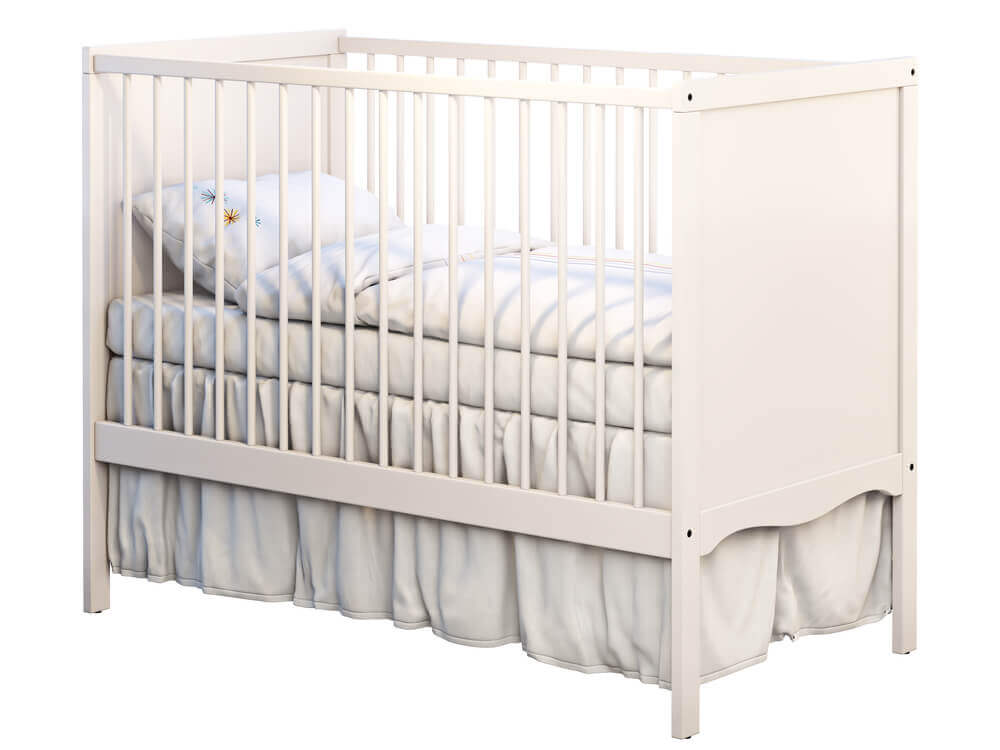
Modern cribs must adhere to key safety features to ensure a safe sleep environment for infants. These features include proper slat spacing, adequate depth, and safe materials and construction. By choosing a crib that meets these requirements, parents can ensure their baby’s safety and reduce the risk of accidents.
In addition to meeting safety standards, modern cribs offer improved usability and convenience compared to older cribs. As a parent, it’s essential to stay informed about the safety features of cribs and select a model that is not only safe but also provides the comfort and functionality your baby needs.
Proper Slat Spacing
Slats should be no more than 2 38 inches apart to prevent entrapment and suffocation risks. When slats are too far apart, it’s possible for babies to slip through and sustain an injury, or even become trapped by inserting their baby’s head, which can be life-threatening.
To ensure proper slat spacing, parents can use the “Soda Can Trick” as a simple method of determining the spacing of slats. If a soda can is able to pass through the slats, it indicates that the spacing is too wide and unsafe for a baby to sleep in.
Adequate Crib Depth
Cribs must have a sufficient depth to prevent infants from climbing out, and corner posts should not exceed 1/16 of an inch above the headboard. The correct depth ensures that your child remains securely inside the crib, minimizing the risk of falls and accidents.
Selecting a crib with adequate depth is crucial for your baby’s safety. As your infant grows and becomes more mobile, having a crib with the proper depth will help keep them secure and reduce the potential for accidents or injuries.
Safe Materials and Construction
Cribs should be made from safe, non-toxic materials and comply with current safety regulations. Solid wood, metal, or plastic are safe materials that are suitable for a baby crib. Moreover, finishes free of lead and phthalates are essential to ensure a healthy and safe sleeping environment for your baby.
When selecting a crib, it’s important to choose one made from strong material and free of toxic substances. By doing so, you provide a safe and comfortable sleep environment for your baby, ensuring their well-being and reducing the risk of health issues related to toxic materials.
The Dangers of Drop-Side Cribs
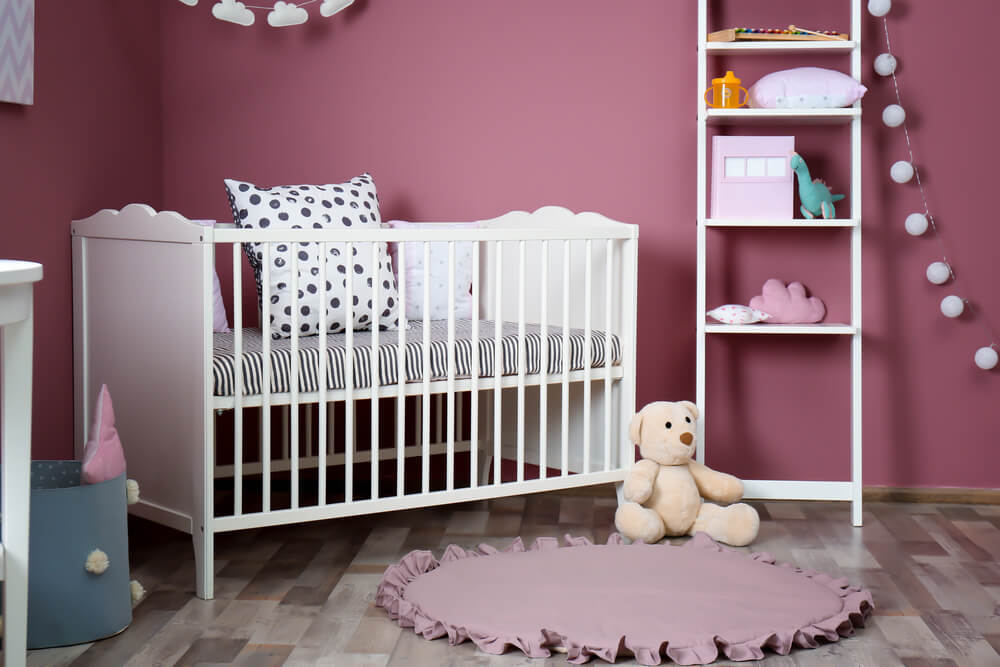
Drop-side cribs have been deemed unsafe and banned due to hardware failures causing accidents and infant deaths. When the side drops, it creates a V-shaped gap that can potentially entrap a baby’s head, posing a serious risk to their safety. As a result, drop-side cribs are no longer considered safe for infants and are prohibited from being sold in the United States.
Parents should avoid using drop-side cribs, including the drop-side crib, and instead opt for cribs with fixed sides that meet current safety standards. By selecting a crib without drop sides, you can ensure a safer sleep environment for your baby and reduce the risk of accidents associated with hardware failures.
Assessing the Safety of an Old Crib
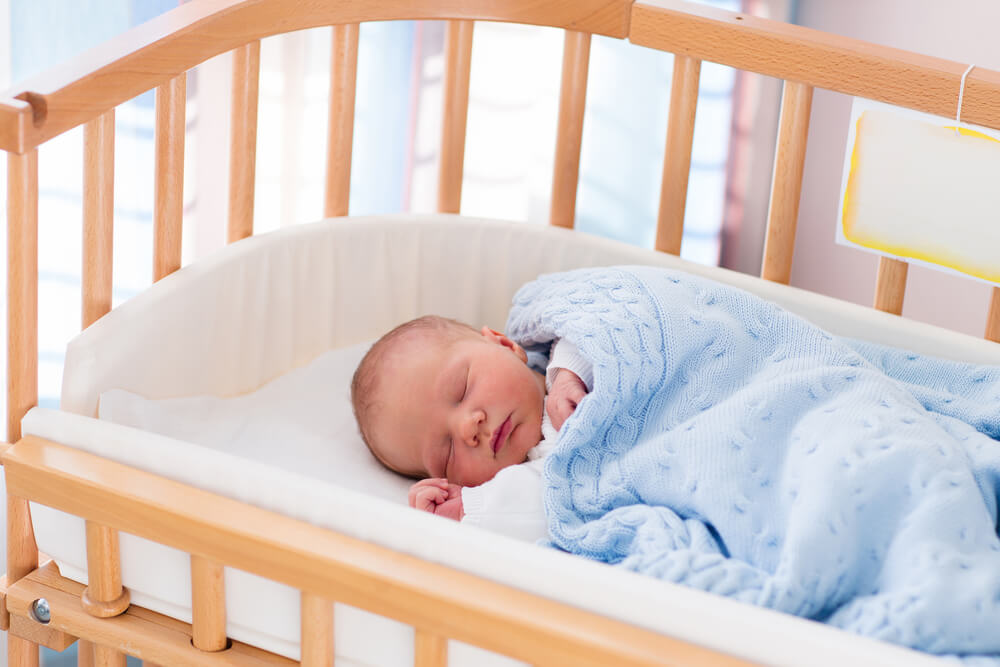
Before using an old crib, consider its age, recall history, hardware condition, and potential risks to ensure safety. By evaluating these factors, parents can make an informed decision about whether an old crib is safe for their baby to sleep in.
If you choose to use an old crib, it’s essential to inspect it thoroughly and take necessary precautions to minimize potential safety hazards. This may include updating hardware, replacing slats, and using a new mattress and non-toxic paint to create a safe and comfortable environment for your baby.
Crib Age Recommendations
Cribs older than 10 years may not meet current safety standards and should be avoided, as they can be considered crib unsafe. The potential risks associated with older cribs include entrapment and suffocation hazards due to gaps between slats. By adhering to the recommended age limit, parents can reduce the risk of accidents and ensure a safe sleeping environment for their baby.
When selecting a baby’s crib, it’s essential to consider its age and ensure it meets current safety standards. By choosing a crib within the recommended age range, you can be confident that your baby’s sleep environment is safe and secure.
Making an Old Crib Safe
To make an old crib safe, inspect it thoroughly, add or replace slats, update hardware, and use a new mattress and non-toxic paint. Taking these steps can help ensure that an old crib is safe for your baby to sleep in and reduce the potential risks associated with outdated cribs.
By investing time and effort into making an old crib safe, parents can create a secure and comfortable environment for their baby. This not only protects your child’s well-being but also allows you to preserve a family heirloom or save money by reusing an existing crib.
Crib Mattress Considerations
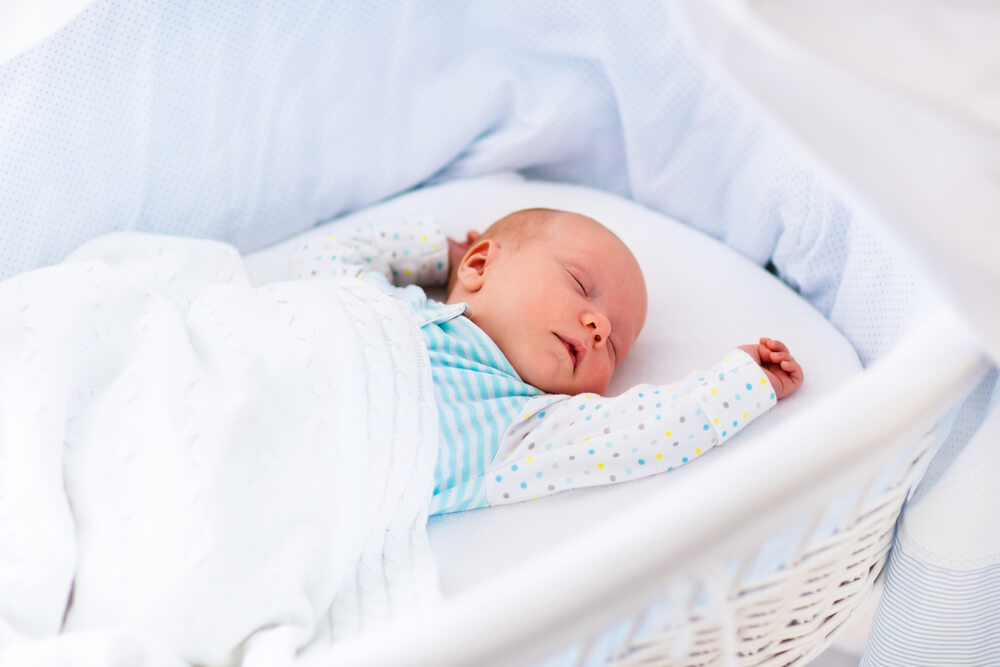
Crib mattresses don’t have expiration dates, but it’s important to remember that crib mattresses expire in terms of quality, which deteriorates over time, affecting safety and comfort. It’s essential to monitor the condition of your baby’s mattress and replace it when necessary to ensure a safe sleeping environment.
When selecting a crib mattress, it’s important to consider its safety requirements, such as flammability testing requirements, phthalates, and lead content limits. By choosing a mattress that meets these standards, you can provide a comfortable and safe sleep environment for your baby.
The lifespan of a Crib Mattress
A crib mattress should be replaced every 3-5 years or when it shows signs of wear and tear. This ensures the mattress remains safe and comfortable for your baby, reducing the risk of suffocation or other hazards associated with ill-fitting or saggy mattresses.
By monitoring the condition of your baby’s mattress and replacing it within the recommended timeframe, you can provide a safe and comfortable sleep environment for your child. This not only promotes healthy sleep habits but also reduces the risk of accidents related to mattress deterioration.
Signs of Wear and Tear
Look for sagging, lumpiness, or indentations as indicators that a crib mattress needs replacement. Other signs of wear and tear may include stains, rips, or tears in the fabric.
By being vigilant about the condition of your baby’s mattress, you can take action when necessary to replace it with a firm mattress and ensure a safe, comfortable sleep environment. This not only protects your baby’s well-being but also promotes healthy sleep habits throughout their early years.
Creative Ways to Repurpose Old Cribs
Repurpose old cribs into creative projects such as garden benches, storage solutions, or play areas to extend their usefulness. By transforming an old crib into a new, functional piece of furniture or decor, you can give it a new lease on life and reduce waste.
There are countless ways to repurpose old cribs, from creating a cozy reading nook to designing a stylish storage solution. With a little creativity and effort, you can turn an outdated crib into a functional and beautiful addition to your home.
Summary
In conclusion, while baby cribs don’t have official expiration dates, it’s essential to stay informed about safety standards and replace cribs when they no longer meet requirements. By choosing a crib that meets current safety standards, monitoring the condition of your baby’s mattress, and repurposing old cribs when possible, you can ensure a safe and comfortable environment for your child. There’s nothing more important than your baby’s safety, so stay vigilant and take action to create the best possible sleep environment for your little one.
Frequently Asked Questions
Is it okay to use old cribs?
Based on recommendations from the U.S. Consumer Product Safety Commission (CPSC), it is not advised to use old cribs, especially if they are more than 10 years old.
It is safest to avoid hand-me-down cribs or cribs that have been modified in any way.
Are cribs from 30 years ago safe?
It is not recommended to use antique cribs from 30 years ago as the U.S. Consumer Product Safety Commission (CPSC) advises against using hand-me-down cribs more than a decade old or cribs that have been modified.
Therefore, for safety reasons, it is best to avoid using cribs from 30 years ago.
How do I know if my crib is safe?
To ensure your baby’s safety, check that your crib meets the latest crib safety standards. Make sure it has no more than 2 3/8 inches between slats to prevent a baby from getting stuck, the corner posts do not exceed 1/16 inch high, and there are no cutouts in the headboard or footboard.
Additionally, make sure the hardware is firmly secured, the paint is non-toxic, the mattress fits snugly inside, soft toys and bedding are avoided for the first year, and bumpers are not used.
How many years is a crib mattress good for?
Generally speaking, crib mattresses should be replaced every five years. This allows enough time to ensure your baby or toddler is getting the support they need for healthy sleep development, while also allowing the mattress to remain safe and in good condition.
Overall, it is best to replace a crib mattress after about five years of use in order to ensure your child’s safety and healthy sleep development.
Do strollers expire also?
It is recommended, however, that the stroller be regularly checked for wear and tear as certain components may need to be replaced over time. Additionally, safety standards and recalls are constantly changing, so it is important to stay up to date on any updates that could impact your stroller.
